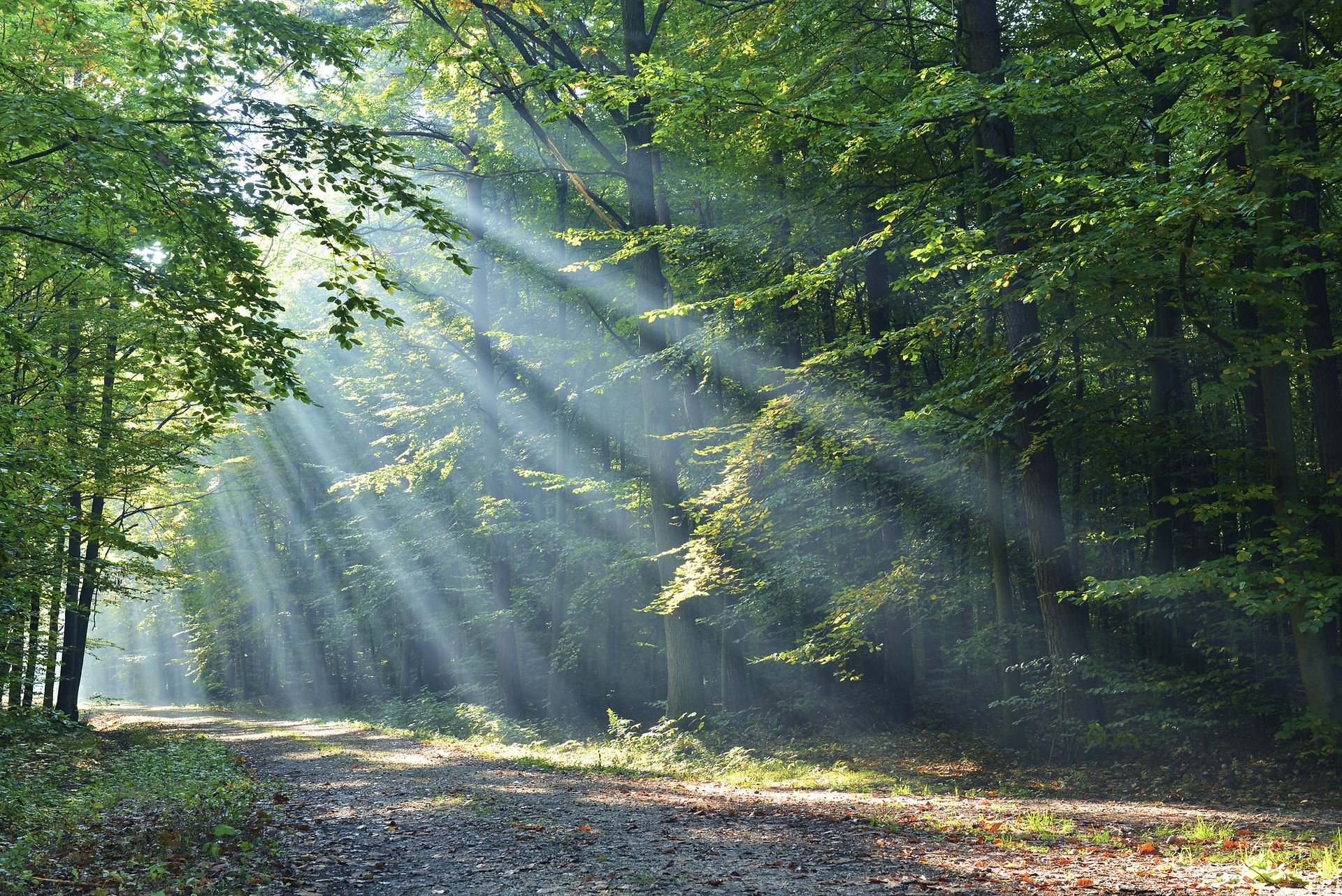#2 Trident Maple Project (con’t)
- Peter Tea

- Nov 10, 2012
- 4 min read
Updated: Oct 8, 2020

As promised, here is an update of my other Trident Maple project. The last post I wrote about this tree was in June of 2012. Please click here if you would like to see what I did back then. I’ve worked on this tree twice during the Summer in July and August, but due to the busy schedule I hadn’t gotten a chance to write about it. Instead of writing two post about this tree, I will put the two Summer visits into this one post. Now that it’s Fall and the leaves are starting to change on the deciduous trees here, we will be working on this tree one last time to wrap up the year. That post should be out in December. But enough about the future, lets take a look into the past and see what I did first in July, then in August!
Beginning of June 2012

Mid July 2012














End of August 2012
For most of the Summer, I watered the tree 2-3 times a day. It was not often that the soil was completely dry and was always a bit damp when I watered. Deciduous trees for the most part can handle wet conditions. It seems that they rather enjoy having their soil wet all the time. Just a re-cap, the soil mix I used for this tree is 80% akadama, 10% pumice and 10% coarse river sand.








This time around, I defoliated/cut back and removed the wire from the tree. Again, I put some light fertilizer on the tree and set it back under the shade cloth. Once Fall arrived, I placed the tree in full Sun. The work on this tree is just about done for the year. The last thing I will be doing is removing the leaves once the tree start changing colors. I’ll give you all an update once I do that in December.
Wire Removal
So why do you think I removed all the wire now? Was it because it’s biting into the branch? Some were but most were still okay but I removed the wire anyways. There are two reasons:
1. If we remove the wire and accidentally break or crack a branch, it is still warm enough for the tree to heal and recover. If we removed the wire during the Winter and accidentally break or crack a branch, the tree will have a hard time to heal and could bleed out sap for a period of time. If that happens, the tree can become very weak during the Winter.
2. If we keep the wire on and Spring arrives, the tree will aggressively grow and could cause many of the wires to bite in very badly. If we were to remove the wire before Spring, we can potentially break branches and cause bleeding issues, or stress the branches from de-wiring the tree and end up slowing the Spring growth down (though that could be a good thing, it’s never really an even stress of the whole tree).
A Look Back of the Summer of 2012



Looking at all three pictures, it’s hard to tell that there has been much change in the tree. Especially with all the long shoots and leaves that were grown and removed throughout the Summer. Mr. Tanaka says that ramifying a Maple is a long-term project and that the results are always slow at first. After 3-5 years though, we will start to really notice the results of our Summer work. It makes sense because the branches are multiplying every time we cut it so next years branch yields should be much higher every year. 1-2-4-8-16 etc!
That long-term development is something that many people have a hard time understanding. Most of use wants to see instant results now so it’s hard for us picture how a deciduous tree can become so ramified. Either we quit and say the technique is not working or we start working with trees that can give us more instant satisfaction such as Junipers and other types of conifers (except pines ;)). We have to keep working at it and continue to develop the tree because the end results are very much worth the effort.
My vision for this tree is to continue its branch development and make the tree several inches taller and several inches wider on both sides. Hopefully if all goes well, those several inches will be filled with many small branches.

Here’s an example of a Trident Maple that has been grow and developed at Aichien. This tree is about 50 years old. The main branches took several years to develop and the densely ramified branches took over 10 years to develop.
Bonsai Time
10 years may seem like a long time, but think of it this way. We get to have fun working on this tree for 10 years! Isn’t that why we started practicing bonsai in the first place? Isn’t developing the tree the fun part? 10 years isn’t that bad when you’re having fun and you know what they say about time moving faster when we’re having fun ;). At the end when the tree is finally developed to the point that it’s just maintenance work to keep the shape, it can get pretty boring ;). So go out to your back yard and have some fun developing your Bonsai!
Thanks for reading.







Comments